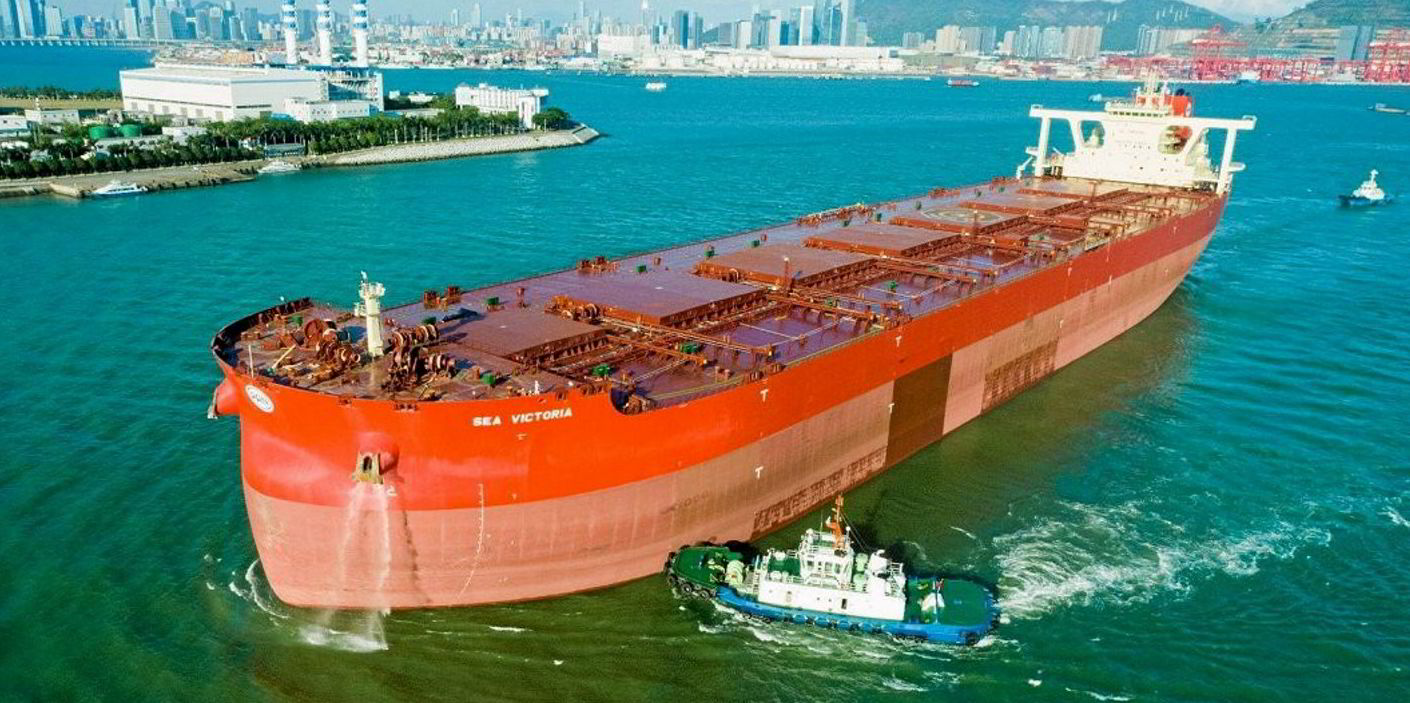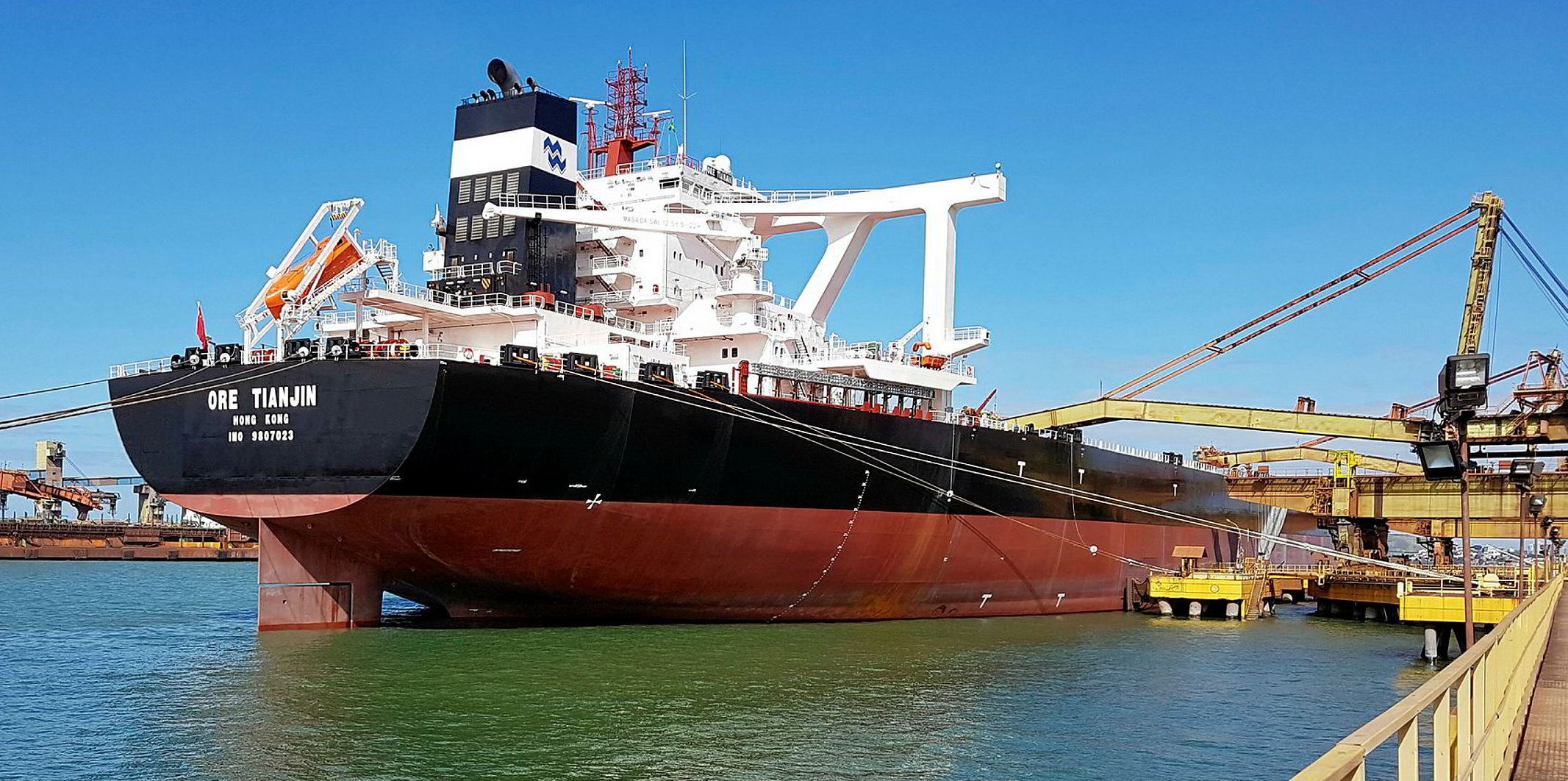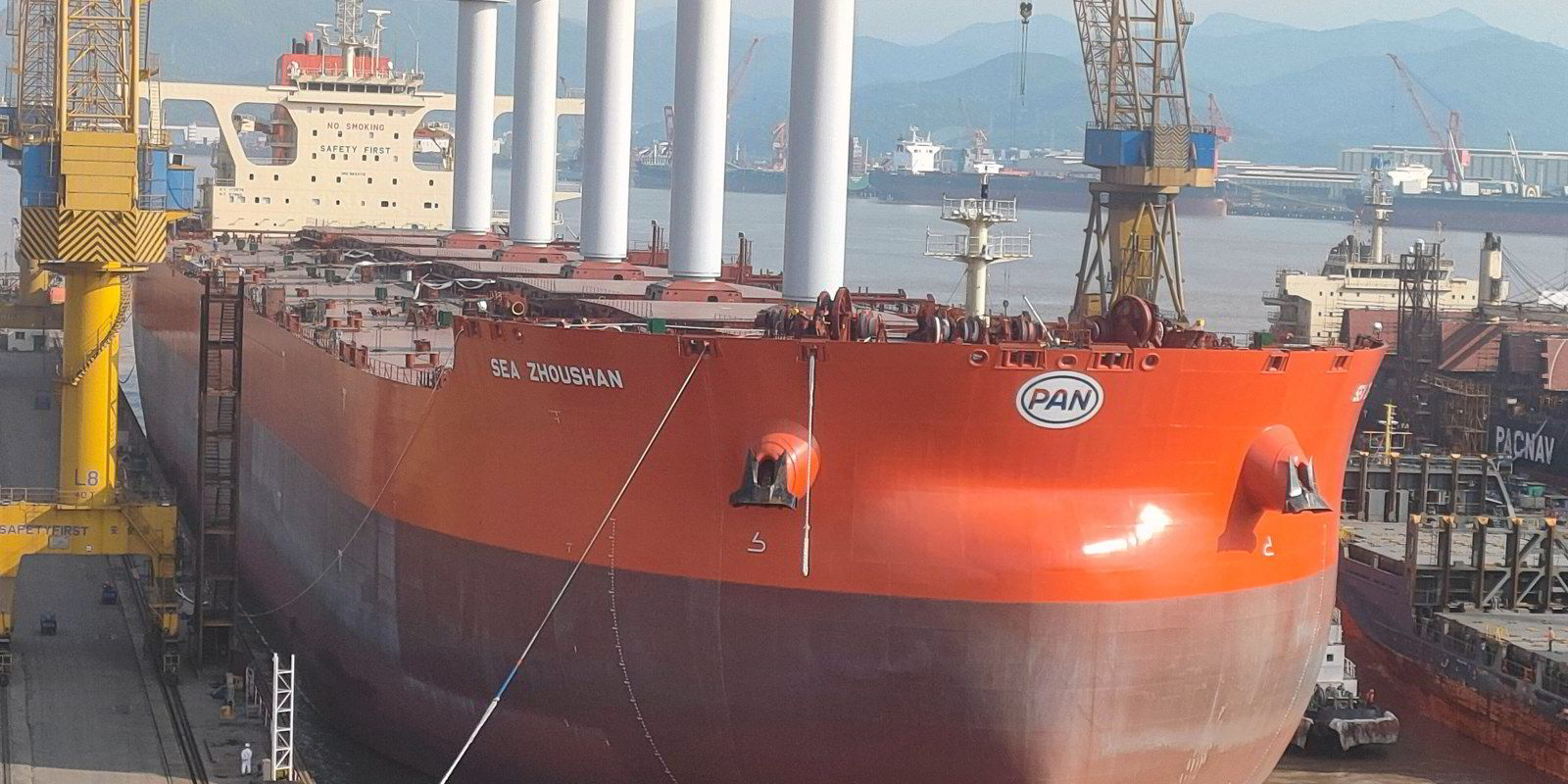Vale has lowered the ceiling for its 2021 iron ore production outlook by 15m tonnes, in a securities filing released Monday.
The company now expects output to reach 320m tonnes from a previous guidance of 335m, while leaving the lower end of the forecast range at 315m tonnes.
The Brazilian mining giant, which did not provide an explanation for the lowered guidance, also said that its 2022 iron ore output is expected to reach 320m to 335m tonnes.
Vale sees its iron ore production capacity at 370m tonnes by the end of 2022, while its "long term" goal is to reach a production capacity of 400m to 450m tonnes.
Vale also disclosed that its spot freight costs during 2021 based on the C3 Route — Tubarao to Qingdao, China — are about $27 per tonne.
Meanwhile the freight costs for its second generation Valemaxes and Guaibamaxes is around $13 per tonne, which gives it an average freight cost of $19 per tonne.
Vale said it expects that figure to ease to an average of $16 per tonne in the medium term assuming lower spot freight and bunker fuel costs.
The Vale fleet includes over 65 first and second generation Valemaxes and over 45 Guaibamaxes.
The Brazilian miner also disclosed that its Valemax bulkers are now able to discharge in three more ports in China this year, with two more expected to be added. This will mean that a total of nine Chinese ports will be able to accommodate Valemax bulkers.
On Monday Clarkson Platou Securities reported a "solid start of the week" with the capesize spot rates gaining 6.1% to $34,400 per day and the capesize December contract reaching $32,000 per day, an increase of 7.5%.
“Iron ore shipments remain strong, with last week’s iron ore shipments from Australia setting a nine-week high, while Brazil shipments reached a seven-week high,” analysts Frode Morkedal and Omar Nokta said.
"Potential for new Covid-19 constraints at ports and crew changes might continue to reduce fleet productivity and thus be good for freight rates, all else being equal. On the other hand, potentially lower economic activity would generally be negative for dry bulk," they added.






